
Exporitory Data Analysis (EDA) - Data Insight Discovery
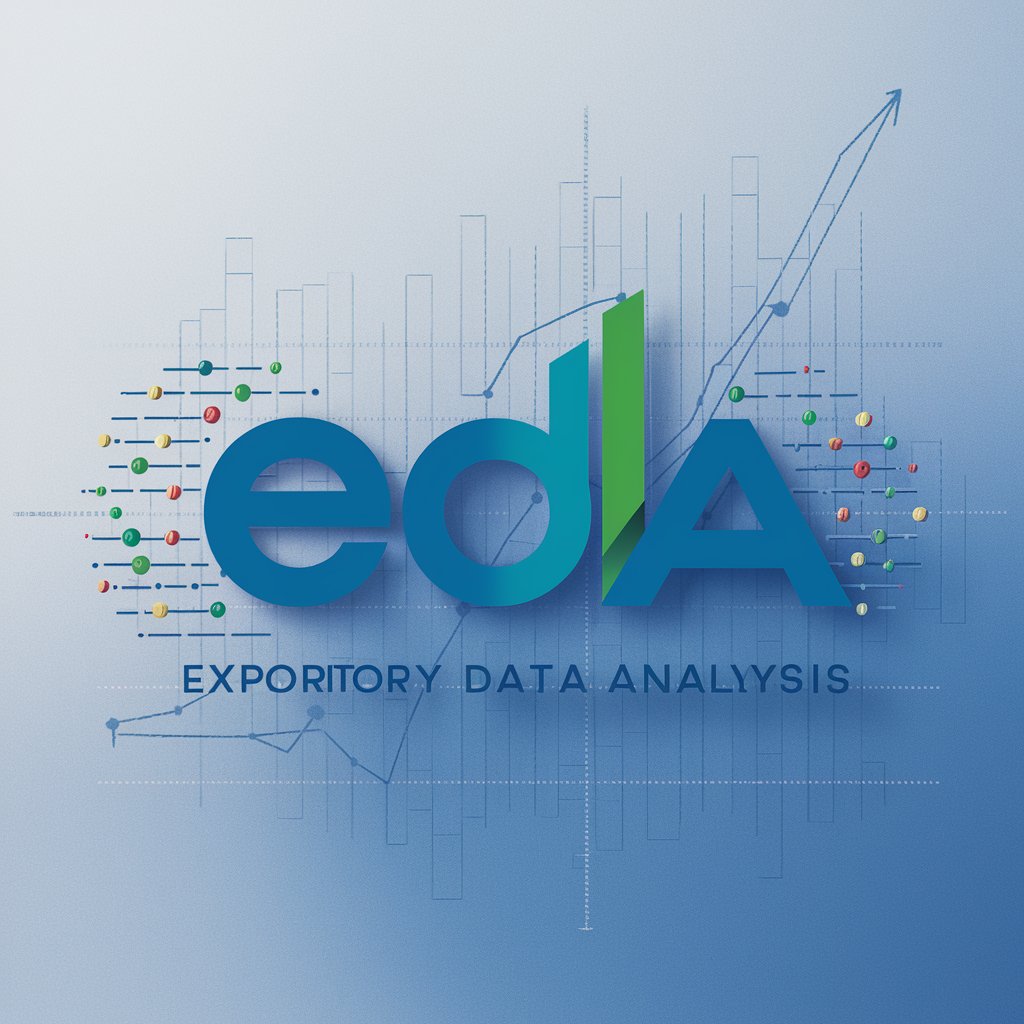
Welcome! Let's dive into your data analysis.
Empower your data with AI-driven analysis
Analyze the trends in this dataset to uncover key insights.
Identify any patterns or anomalies in the attached data.
Provide a detailed summary of the main characteristics of this dataset.
Combine the information from multiple sheets to present a comprehensive analysis.
Get Embed Code
Exploratory Data Analysis (EDA) Introduction
Exploratory Data Analysis (EDA) is a crucial step in the data analysis process that allows analysts to understand the underlying patterns, spot anomalies, frame hypotheses, and check assumptions with the help of summary statistics and graphical representations. It is an open-ended process where one inspects the data, understands its structure, extracts important variables, and identifies outliers and anomalies. EDA is essential for ensuring the validity of the data and making informed decisions on further analysis techniques. Powered by ChatGPT-4o。

Main Functions of Exploratory Data Analysis (EDA)
Data Quality Assessment
Example
Identifying missing values, detecting outliers, and assessing the consistency of the dataset.
Scenario
In a retail dataset, EDA can help identify products with inconsistent pricing across different stores or detect transaction records with missing customer IDs.
Summary Statistics
Example
Generating mean, median, mode, variance, and standard deviation to understand data distribution.
Scenario
Analyzing customer spending behavior, where summary statistics can provide insights into average transaction values, spending variability, and typical purchase frequencies.
Data Visualization
Example
Creating plots and charts to visualize data distributions, relationships, and trends.
Scenario
In healthcare data analysis, visualizing patient age distributions, treatment outcomes, or prevalence of conditions can reveal critical insights for medical research and resource allocation.
Correlation Analysis
Example
Examining the relationships between variables to identify potential associations or dependencies.
Scenario
In market research, identifying correlations between customer satisfaction scores and various service or product features to determine what influences customer perceptions most strongly.
Ideal Users of Exploratory Data Analysis (EDA) Services
Data Analysts
Professionals who need to preprocess and understand their dataset thoroughly before applying any statistical tests or predictive models. EDA helps them to make informed decisions about the appropriate next steps in their data analysis workflow.
Academic Researchers
Individuals in academia who require detailed analysis of data to validate their hypotheses or findings. EDA assists them in identifying the key patterns and relationships that underpin their research topics.
Business Intelligence Professionals
Experts who analyze data to generate insights that inform business strategy and decision-making. EDA enables them to get a comprehensive overview of the business data, facilitating strategic planning based on empirical evidence.
Data Science Students
Learners who are getting acquainted with the data science field. EDA offers them a practical understanding of data handling and analysis techniques, forming a foundational skill set for their future careers.

How to Use Exploratory Data Analysis (EDA)
Start Your Journey
Initiate your exploratory data analysis adventure by visiting yeschat.ai for a complimentary trial, bypassing the need for login or subscribing to ChatGPT Plus.
Prepare Your Data
Ensure your dataset is clean and organized. Common formats include CSV or Excel files. Check for and handle missing values, duplicates, or irrelevant columns to streamline the analysis process.
Upload Your Data
Once on the platform, upload your dataset directly through the interface. If your data spans multiple sheets or files, ensure they can be interconnected through common identifiers like 'User ID' or 'ID'.
Analyze and Visualize
Utilize the platform's tools to conduct your analysis. This includes generating statistics, creating visualizations, and identifying trends or patterns within your data.
Interpret Results
Carefully review the generated insights, considering the implications and potential actions. This step is crucial for drawing meaningful conclusions from your data.
Try other advanced and practical GPTs
Jarvis
Empowering efficiency with AI

Technology Stack
Empowering Industries with AI

KANJI NAME CONVERTER
Transform Your Name into Art with AI

Book Summary
Unlock Knowledge with AI-Powered Summaries

Book Scout
Discover Books with AI Precision

Book Buddy
Discover Your Next Read, AI-Powered

Python Data Analysis
AI-powered insights from your data
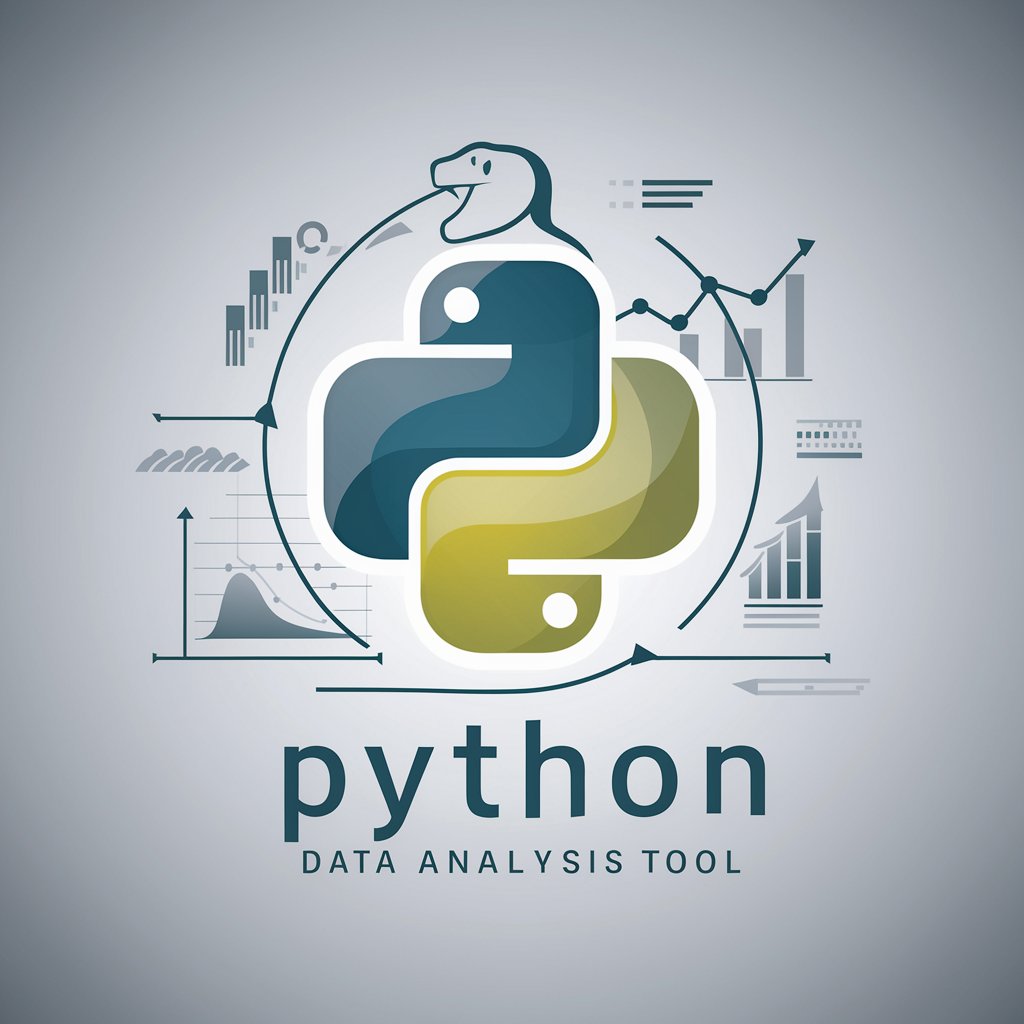
Statistics and data analysis
Unlock Insights with AI-Driven Analysis

Data Analysis With Excel GPT
Empowering Excel analysis with AI
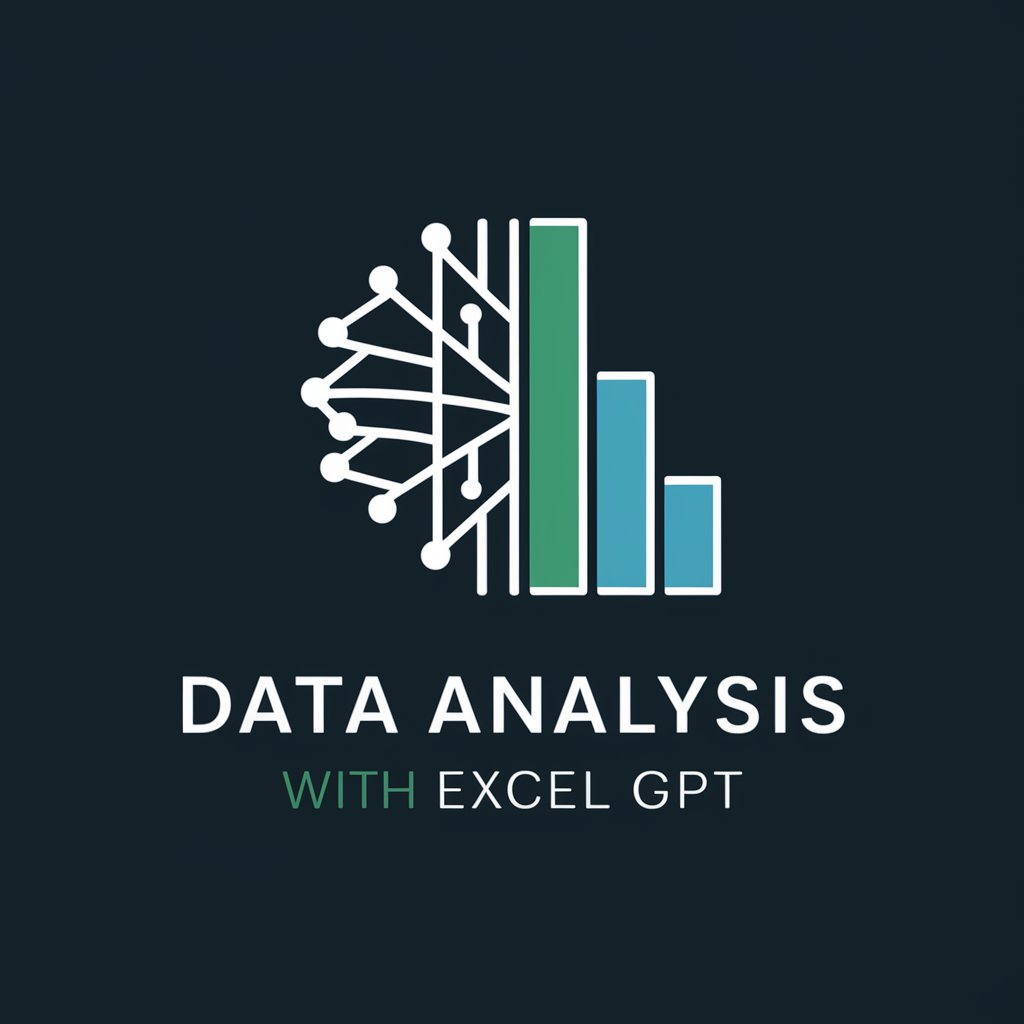
Advanced Data Analysis & Guiderails
AI-powered insights at your fingertips
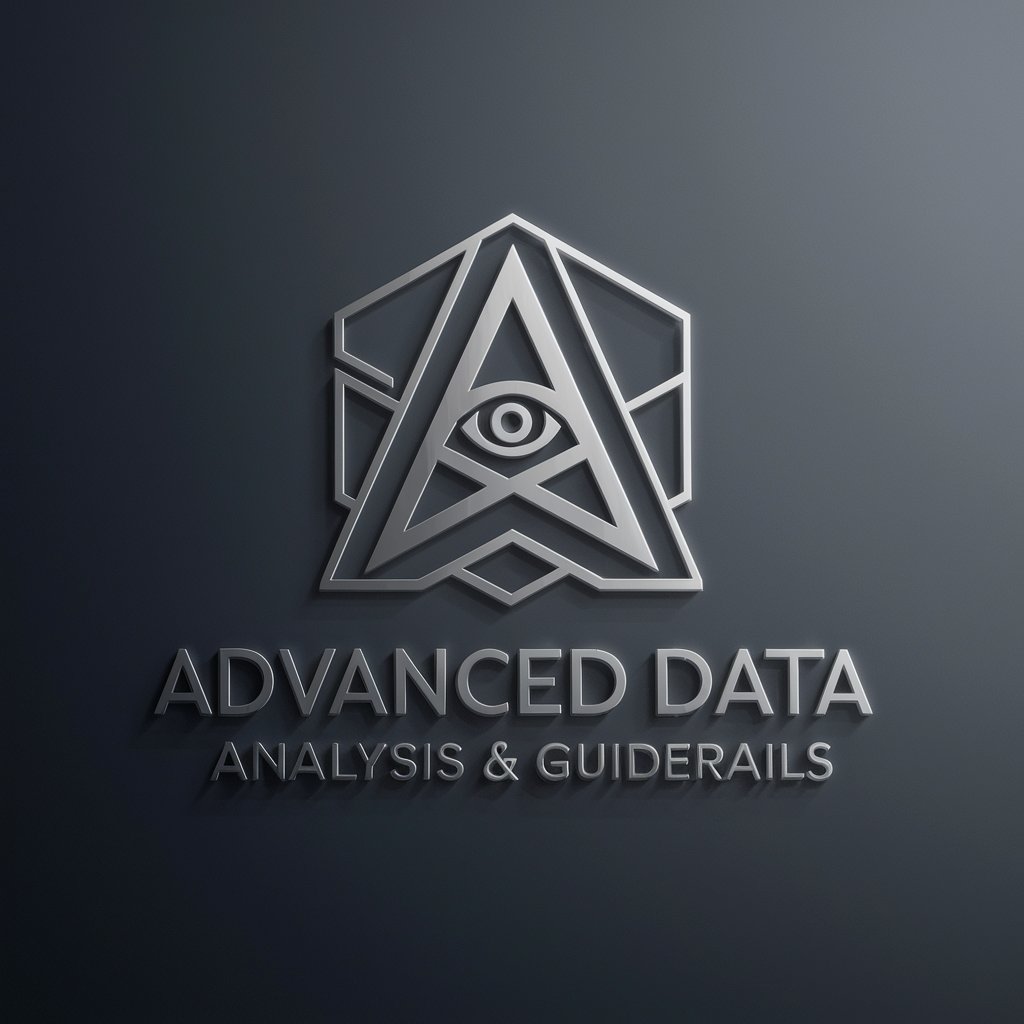
Data Analysis GPT
Empowering Data Decisions with AI
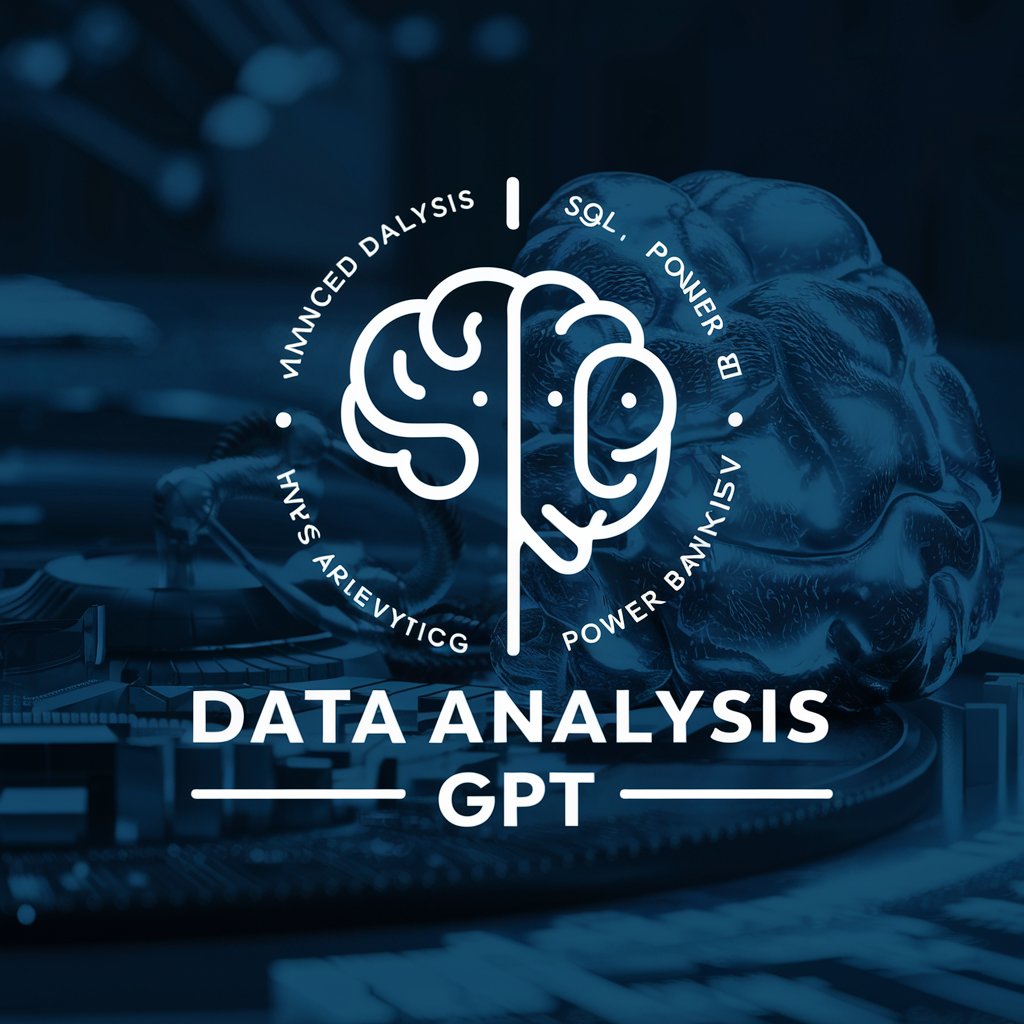
Qualitative Data Analysis
AI-powered thematic insight discovery
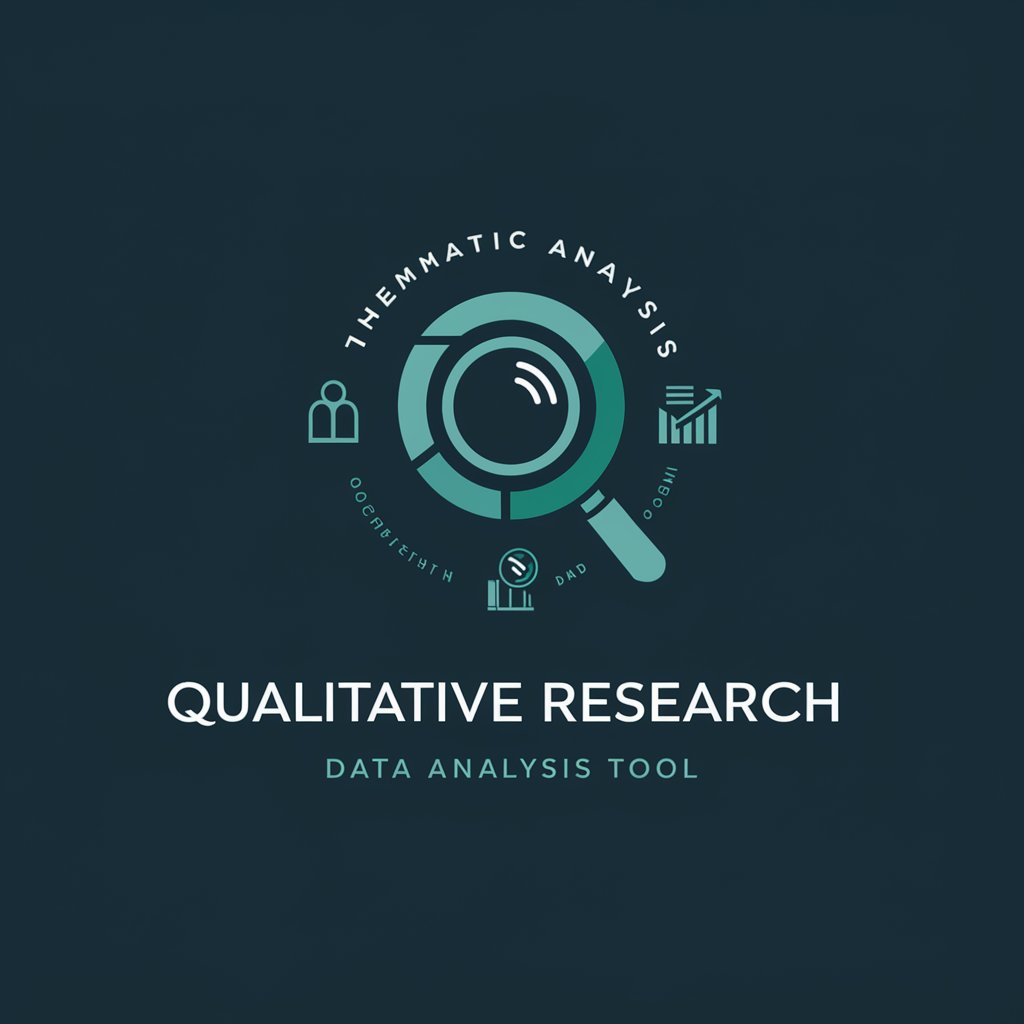
Frequently Asked Questions about Exploratory Data Analysis (EDA)
What is Exploratory Data Analysis (EDA)?
EDA is a data analysis approach that focuses on identifying general patterns, spotting anomalies, testing a hypothesis, or checking assumptions with the help of summary statistics and graphical representations.
Why is EDA important?
EDA is crucial because it allows analysts to understand the underlying structure of the data, identify important variables, detect outliers or anomalies, and generate hypotheses for further analysis.
What tools are commonly used for EDA?
Common tools for EDA include programming languages like Python and R, with libraries such as Pandas, Matplotlib, Seaborn for Python, and ggplot2 for R, as well as spreadsheet software like Microsoft Excel.
Can EDA be automated?
While certain aspects of EDA can be automated, such as data cleaning and preliminary analysis, the interpretative nature of EDA often requires human judgment and expertise.
How does EDA differ from other data analysis methods?
Unlike confirmatory data analysis, which tests hypotheses using statistical tests, EDA is more about exploring data without prior assumptions, aiming to discover patterns, relationships, and insights.